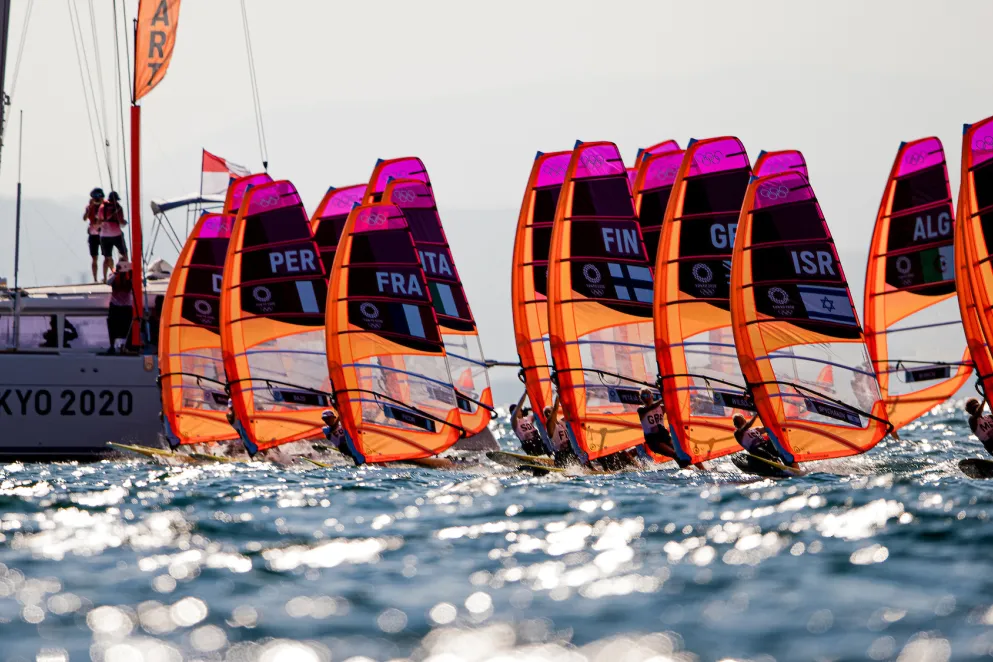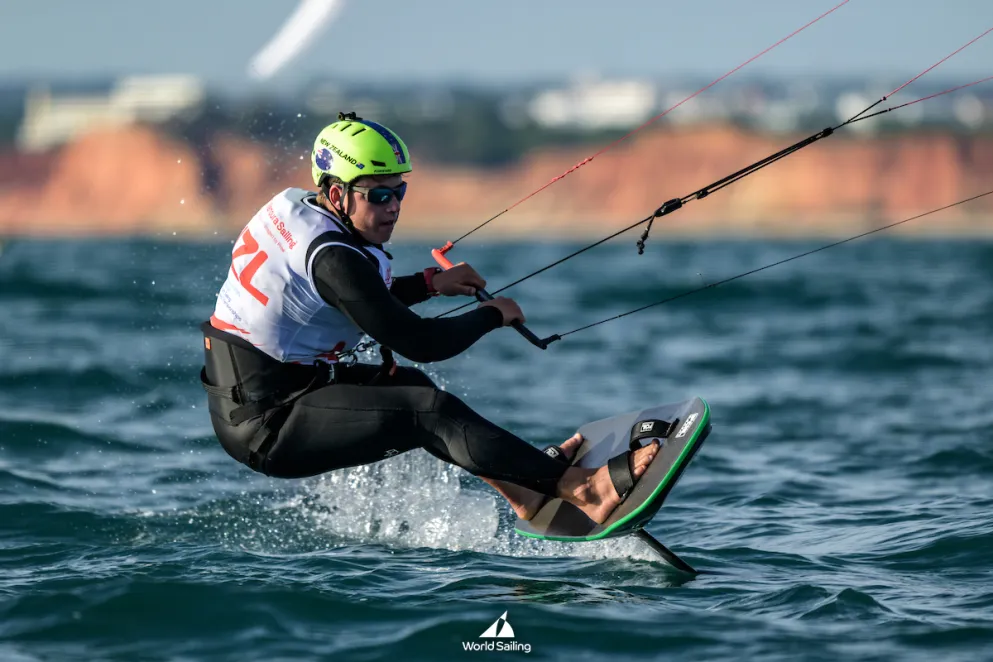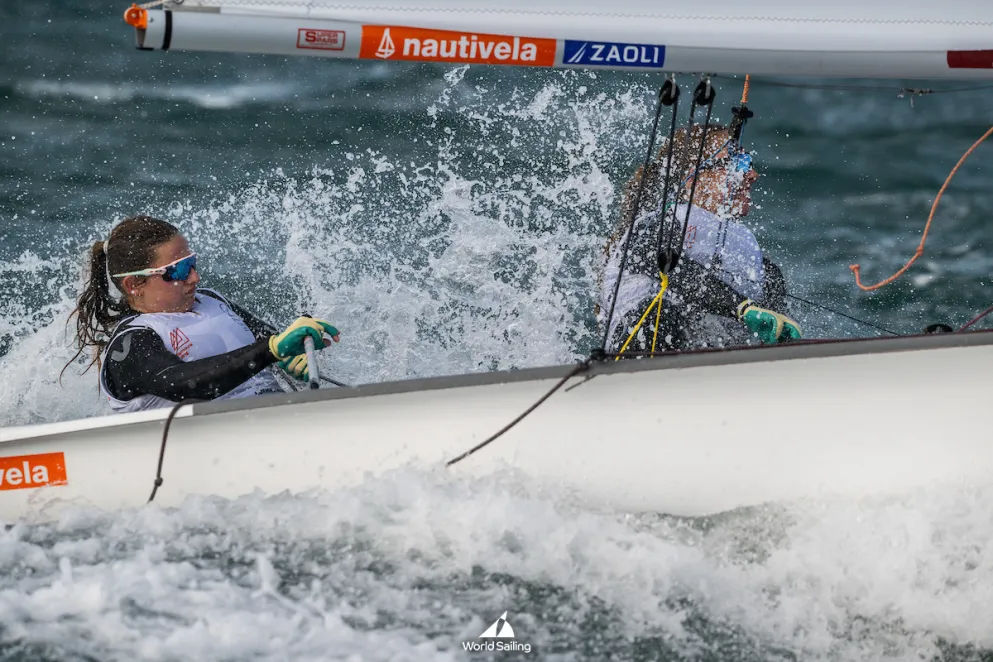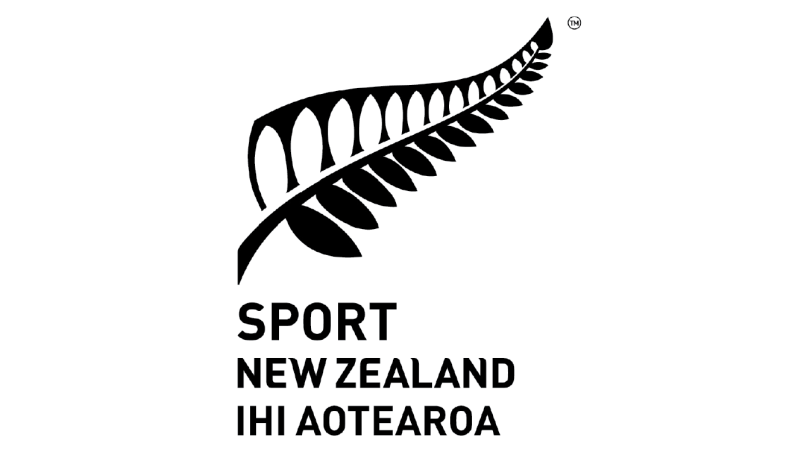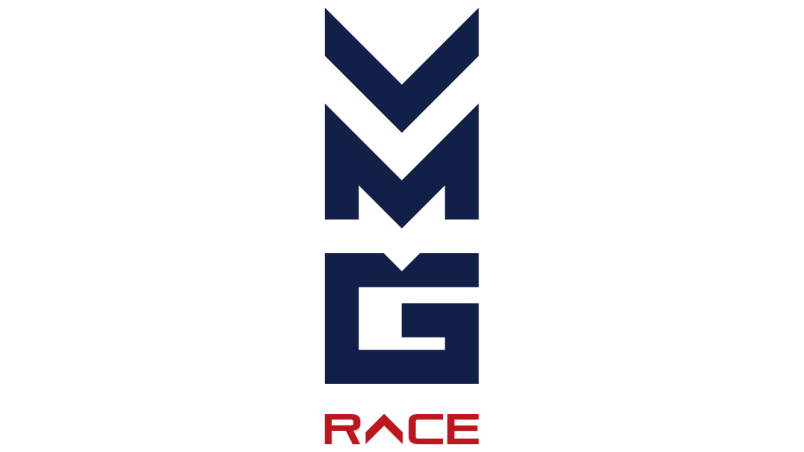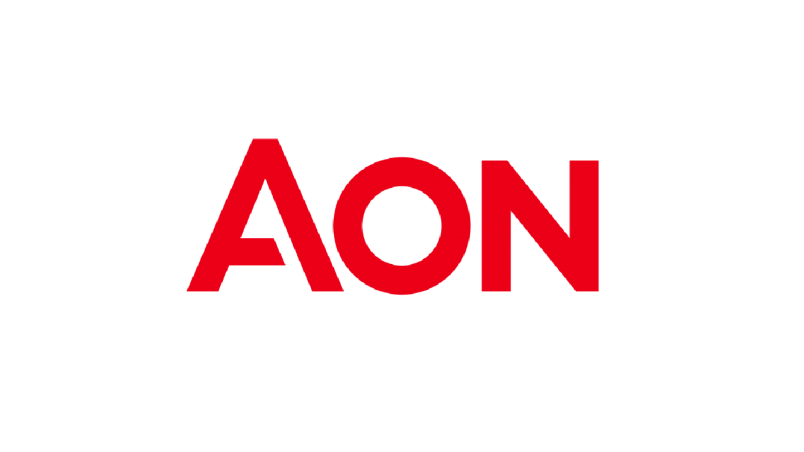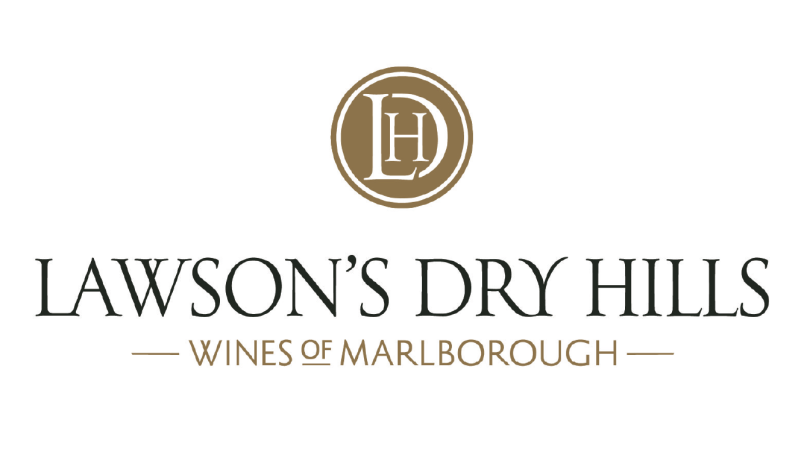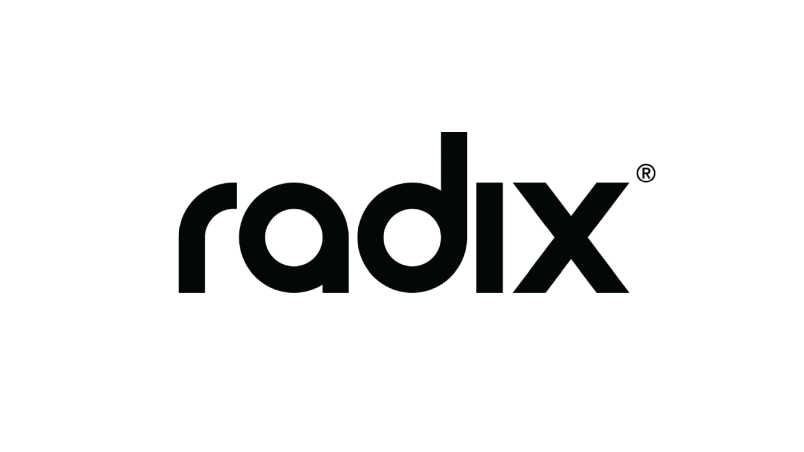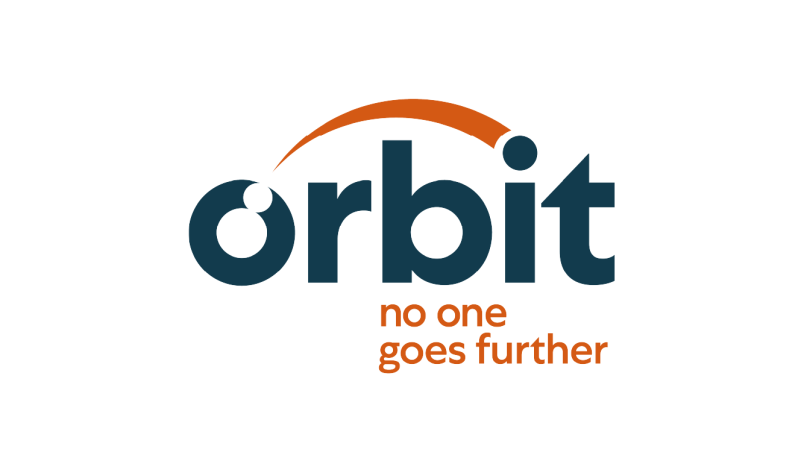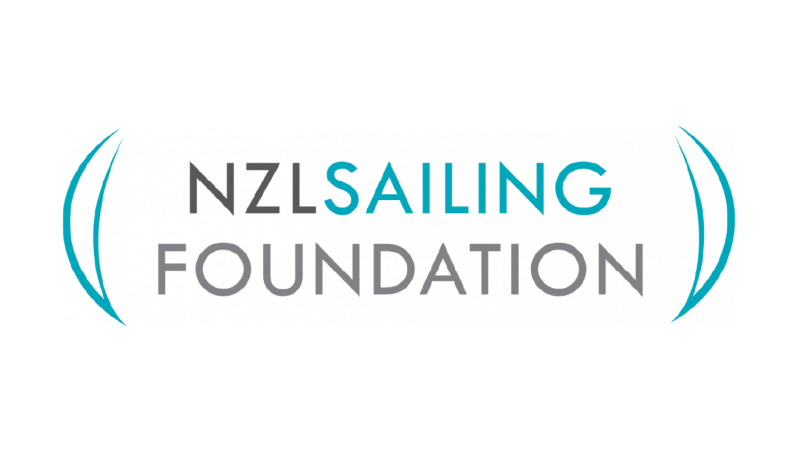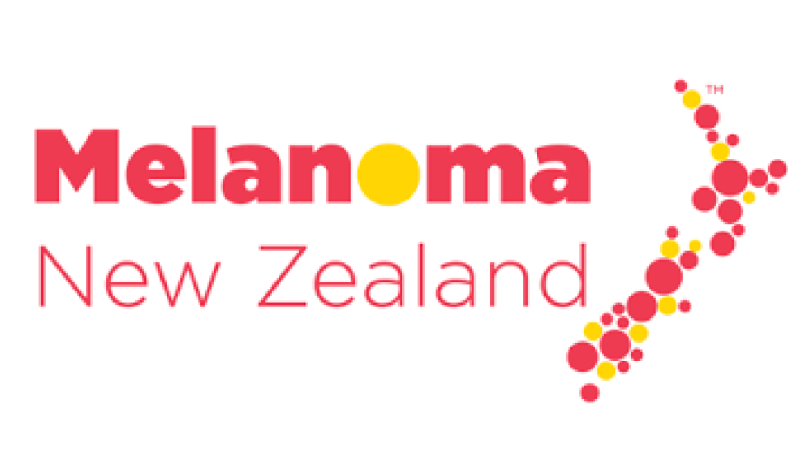A race official's view of the Olympic Games
New Zealand's Megan Kensington was involved in the recent Tokyo Olympics as a race officer and writes about her experiences.
I was privileged to be asked to be an international technical official (ITO) for the Olympic Games held in Enoshima recently.
I was joined from New Zealand by Doug Elder, who was on the jury, John Parrish, who worked for Tokyo 2020 as field of play manager, and Tomo Terakawa, who was part of the tracking team. For this article, I wanted to focus on what was different in this regatta because of Covid-19, the Olympics and the venue.
Covid-19
Each morning began with dribbling some saliva into a tube and registering the test online, then taking your temperature and registering that on an app. Any time you left your room, you had to wear a mask which was challenging in the heat and not possible if you were eating and drinking.
We met in the lobby of the hotel each morning and was then escorted to a bus by security. Once at the venue, we went through temperature testing and airport-like security before dropping our saliva samples off. It was a bit different to an everyday regatta.
We were restricted to our hotel and the venue. We had Japanese people at the hotel to help us order food, mainly Uber Eats, and to shop for us. Lemons and tonic water were very popular requests. It was discovered that using Amazon and Uber Delivery were the best ways to order alcohol.
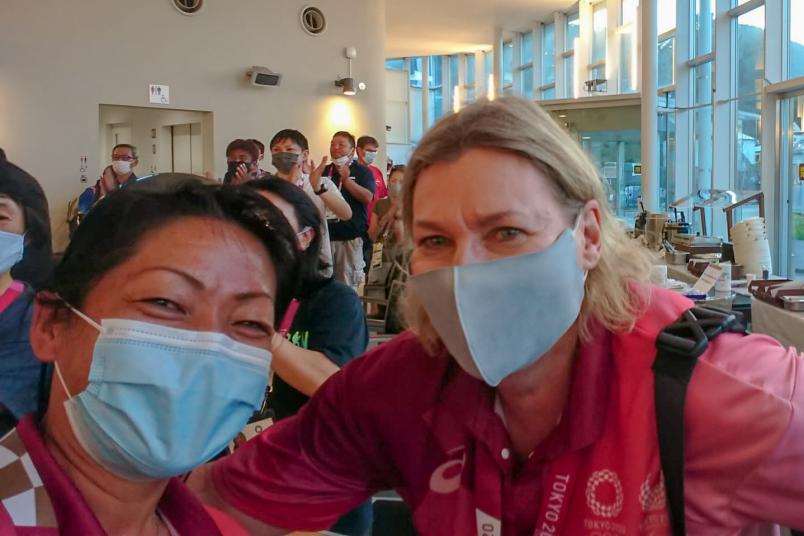
Megan Kensington was one of three New Zealand race officials at the Tokyo Olympics and worked on the RS:X course. Banner photo: Sailing Energy / World Sailing.
The Olympics
Each class had a separate race management team and there were three ITOs per course. My course was the RSX and I was on the finish boat.
I was joined by six Japanese people who had been training in the processes and procedures for months leading up to the Games. I was fortunate that three on the boat could speak some English and after long days on the water together I managed to learn a bit of Japanese as well.
The start sequence was not the standard sequence, instead being the orange flag 10 minutes before the start, class and U flag at six minutes and then a 5, 4, 3, 2, 1 countdown using numerical flags for the five-minute start sequence.
All races were started under U or black flags except for the medal races that went back to the P flag. And the Charlie boards for a change of course would show the bearing to the new mark, not a green or red.
We always tried to show the board to the media beforehand if we were on a media course and the tracking team also had to be advised.
Results were sent via an Omega tablet as well as being photographed and sent through. There was a lot of checking of results before they were sent through and then we had to go to the Omega office and check again and sign off the results when we got in.
Our team had a couple of days off during the event and I got to go out on the 49er and 49erFX committee boat on one of those days and the Laser committee boat on the other to watch how other race officers work.
Once again, the language barrier made things a bit more difficult. We were reliant on the Japanese course race officers for information and data.
The race officers had computers on their boats that gave a lot of data, including wind speed across all the courses and temperature and humidity sensors were used to ensure we were not exceeding the cut-off temperatures for racing.
Media were very important in this event, particularly with no spectators. Race officers had to work in with the media a lot to make sure the timing worked for them. At times, racing was delayed giving the media time to get from one race course to another.
Even though we were allowed to walk around the sailing park, we were not really allowed to talk to sailors from our own countries unless we had someone from another country with us.
I did manage a brief 'hi' or 'good luck' to the New Zealand team but that was it and it was quite a lot harder to recognise people when they were wearing masks.
Wearing your accreditation was also very important to be able to get where you needed to go round the venue.
The Venue
One of the big challenges was the depth of the water where the sailing took place, with it ranging from 20m to 110m. As a result, anchoring was done in a way I have never seen before.
The committee boats were 40-foot Lagoon catamarans and they had set up two anchors, one for each bow. The anchors were laid by the mark layers and then passed up to the boat. This process took about 15 minutes.
The Japanese teams had done a lot of practice anchoring both the boats and the marks, taking in to account the breeze, current and swell, which was not always easy. At times they had to lay a stern anchor to stop the boat swinging in the current.
All the lines were then weighted down with chain so they were not hit by the boats.
Another challenge was the language barrier. The Japanese teams would be given instructions by their course race officer and we would then have to get them to explain what they were doing.
Fortunately, we gradually got our routines sorted by the time we had done three days of on-the-water practice and started the event. But the language challenge can be more noticeable when the anchor is dragging in 80m of water, 1m-2m swells and plenty of breeze with finishers coming down to the finish.
I never did figure out the Japanese for 'please use the motor to hold station' but we got it sorted in time.
Overall, it was a great learning experience and I enjoyed meeting so many experienced race officers from so many different countries. I am very grateful to have had such an experience.
Special thanks to John Parrish and Tom Duggan (PRO) for the opportunity. And to my finish boat team Makoto, Tomoko, Keiko, Genya, Taisei and Takeyoshi a big thank you for being such an awesome team.
